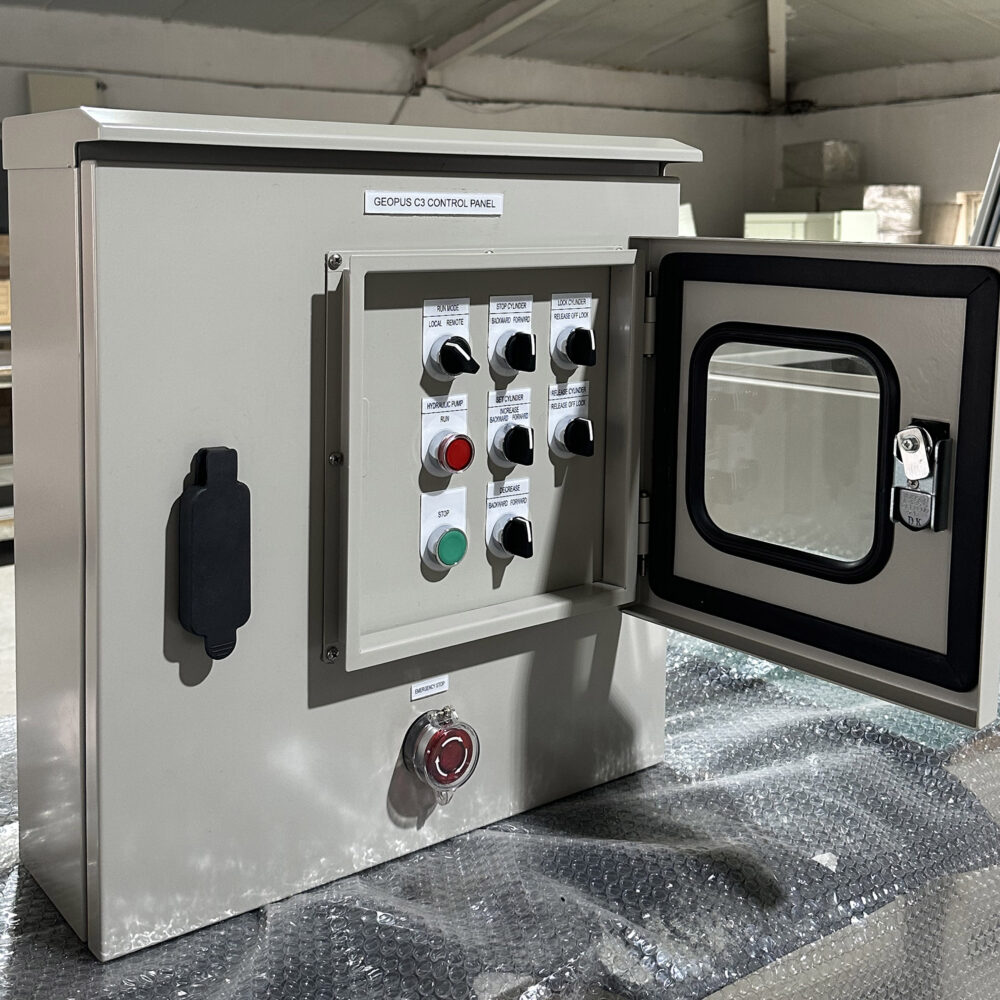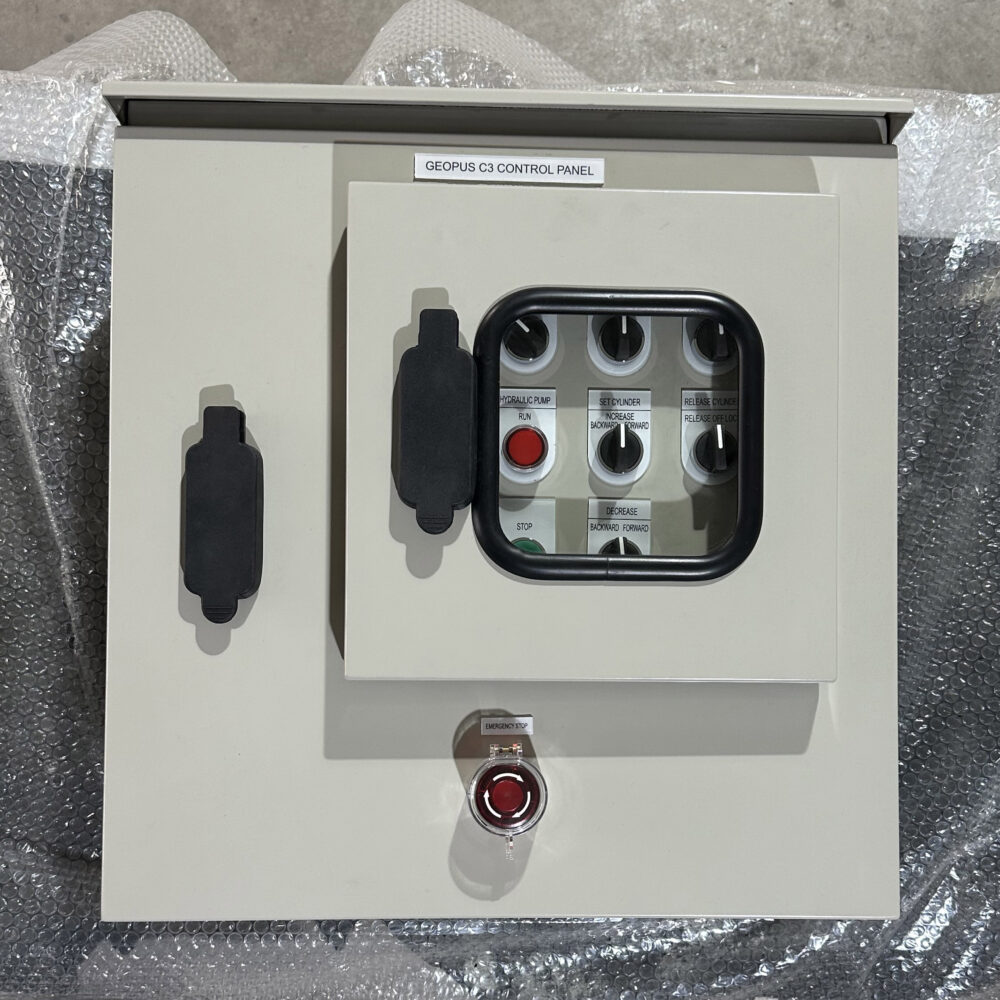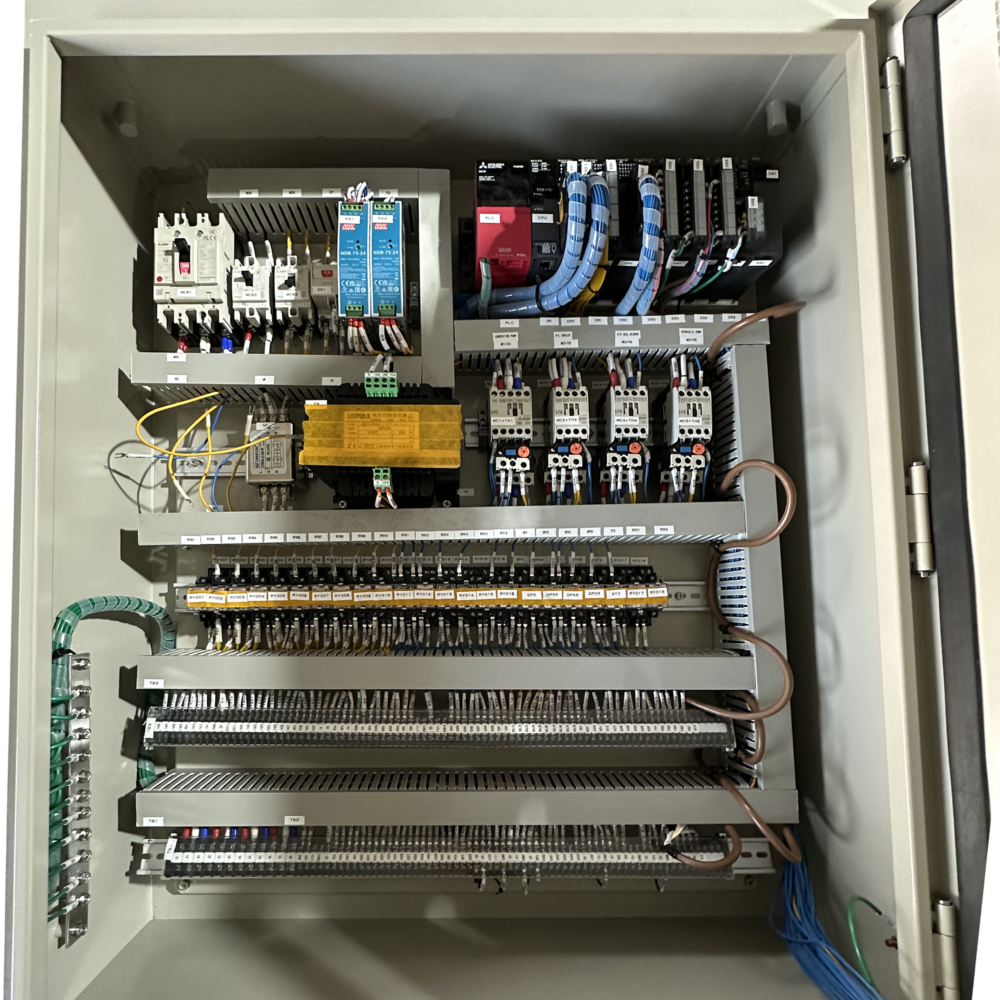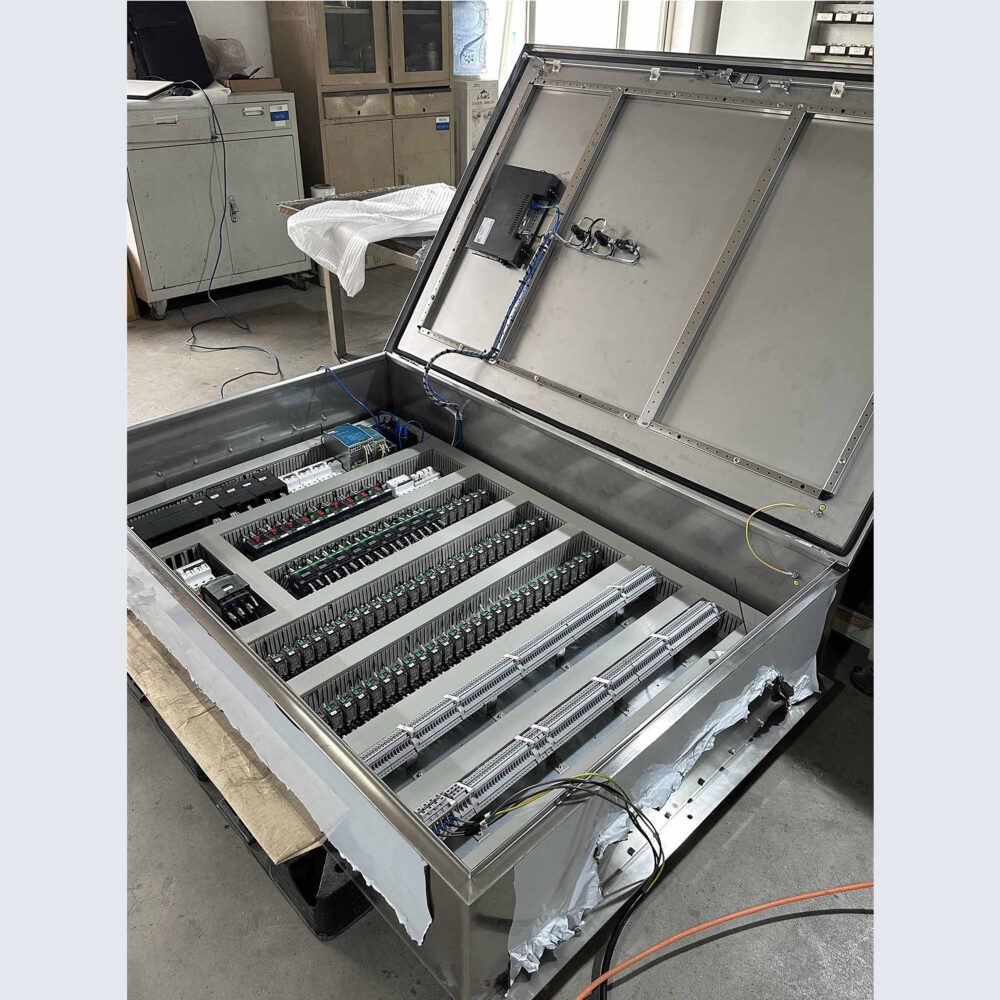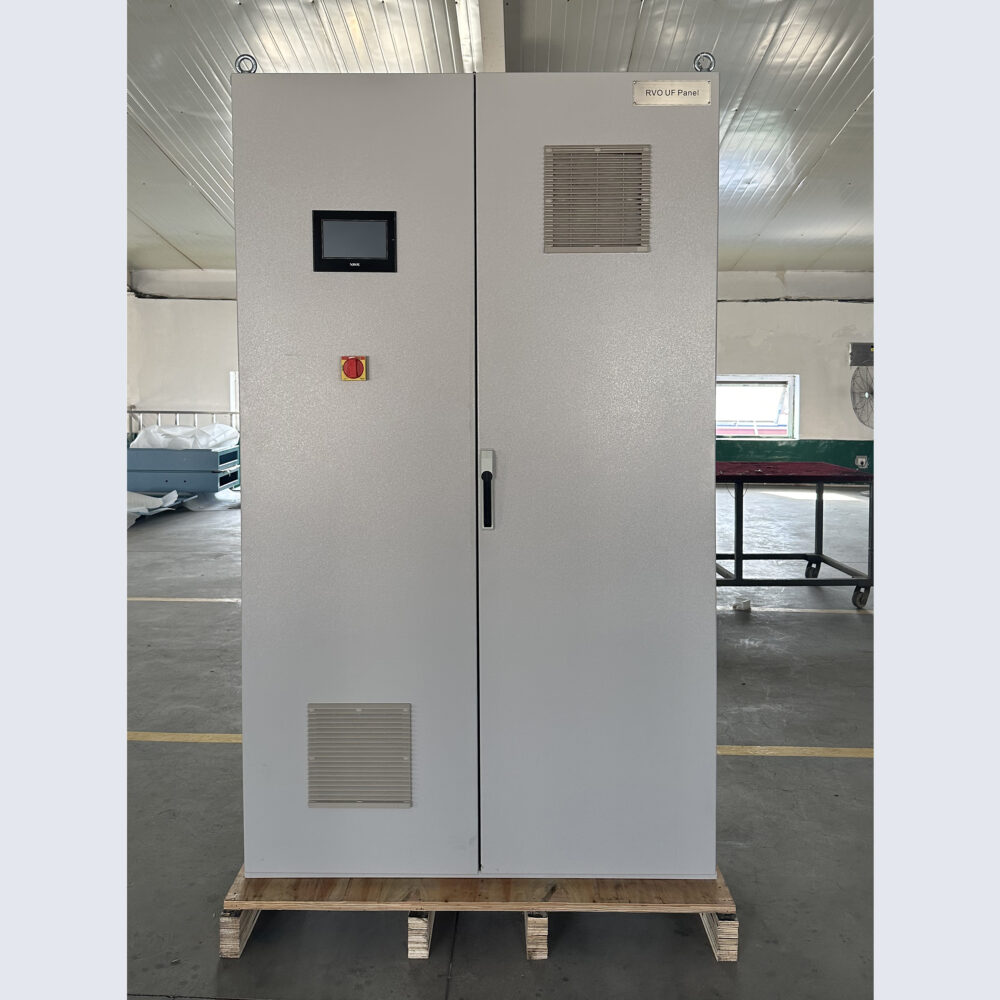Table of Contents
PLC Control Panel Layout Design Optimization
- Betty
The Impact of Layout on PLC Control Panel's Functionality and Maintenance
Convenience of Equipment Installation and Maintenance
Reasonable Layout Facilitates Efficient Installation:
To achieve a reasonable layout of the PLC control panel, you should clearly define the installation positions of each equipment module and make them easy to operate.
For example, you should place the larger power modules at the bottom of the PLC cabinet or on the side where you can easily access them.
For the modules that you need to plug and unplug frequently, you should arrange them as much as possible in the middle or front part of the cabinet. This enables installers to install and replace them quickly and accurately, significantly improving the installation efficiency.
Convenient for Maintenance and Reduces Maintenance Costs:
A good layout can provide great convenience for maintenance work. When the PLC control panel malfunctions, a clear layout allows for quickly locating the faulty module, reducing the maintenance time and maintenance costs.
Stability of Signal Transmission
Poor Layout Causes Signal Interference:
If you lay out the PLC control panel unreasonably, it will interfere with signal transmission, resulting in data loss or transmission errors. It will also increase the crosstalk between signals and reduce the stability of signal transmission.
Optimized Layout Ensures Signal Quality:
A reasonable layout can effectively reduce signal interference. By zoning, you can separate high – voltage and low – voltage equipment and set up shielding measures or isolation areas to reduce the impact of electromagnetic interference.
At the same time, you should plan the cables reasonably, such as using layered wiring and shielded cables to reduce the mutual interference between cables. This ensures that the signals can be transmitted stably and accurately, thus guaranteeing the normal operation of the PLC system.
PLC Control Panel Layout Design Basic Principles
Principle of functional partition
Power Supply Area:
The power supply area is the part that provides electricity for the PLC control panel system. It should have good heat dissipation and protection performance. Usually, the power modules are centrally placed on one side or at the bottom of the cabinet, which makes it convenient to carry out power connections and management.
Control Area:
The control area is the core part of the PLC, which contains key components such as the CPU module and the memory module. We should arrange the control area in the central position of the cabinet, making it convenient for signal transmission with other functional areas.
Input/Output Area:
We use the input/output area to connect external devices. We should place it as close as possible to the relevant sensors. This can reduce the signal transmission distance and also mitigate the impacts of signal attenuation and interference.
Cable Management Principles
Reduce Cable Crossings:
Cable crossings will increase the risk of signal interference. At the same time, they will make the interior of the PLC cabinet look cluttered, which is not conducive to later inspection and maintenance.
For example, by arranging the power cables at the bottom of the cabinet, the signal cables in the middle, and the control cables at the top, it is possible to effectively reduce the crossings and interference between the cables.
Reasonably Plan the Cable Routing:
We need to plan the routing of the cables reasonably so that we can smoothly connect the cables from the device modules to the outside of the PLC cabinet. We can use some tools such as cable trays and conduits to fix and arrange the cables neatly.
>>> Tips:
- When planning the cable routing, we should take the bending radius of the cables into consideration to avoid damaging the cables due to excessive bending.
- At the same time, we should also reserve a certain length of cables to facilitate the operation during equipment maintenance and replacement.
PLC Control Panel Space Utilization Principle
Compact Layout to Improve Space Utilization:
In the layout design of the PLC Cabinet, we should fully utilize the limited space and arrange all device modules compactly together. Through reasonable dimension design and module arrangement, we can reduce unnecessary space waste.
Avoid Crowding to Ensure the Normal Operation of Equipment:
Although a compact layout is required, we should not make it too crowded, so as not to affect the heat dissipation and maintenance of the equipment.
We should maintain a certain distance between each device module to facilitate air circulation and the disassembly and installation of the equipment.
At the same time, we should reserve enough space for the arrangement and management of cables to avoid damage caused by cable extrusion.
Different Types of PLC Control Panel Layout Points
Small PLC Control Panel Layout Features
Compact and Flexible Space:
Due to the small size of the small PLC cabinet and the small number of internal modules, we can integrate the power module, CPU module, and input/output module together, making full use of the limited space to form a compact whole.
Convenient for Installation and Movement:
People often use the small PLC cabinet in some situations where frequent movement or restricted installation is required. Therefore, we should take the convenience of installation and movement into account during the design process.
Large PLC Control Panel Layout Consideration
Modular Design and Zonal Management
For the convenience of management and maintenance, we can divide different areas and arrange modules with different functions in separate zones. In this way, each area is relatively independent, which also facilitates individual maintenance and management.
Heat Dissipation and Electromagnetic Compatibility
The power of a large PLC cabinet is relatively high, so there are also high requirements for heat dissipation to ensure that the equipment can operate within an appropriate temperature range.
At the same time, large PLC systems are usually applied in complex industrial environments where electromagnetic interference is relatively severe.
Therefore, the design of electromagnetic compatibility cannot be ignored. Effective shielding, grounding, and filtering measures should be taken to improve the anti-interference ability of the system.
Cable Management
We should adopt a reasonable cable management solution, such as routing cables in layers, using cable trays for wiring, and marking cables, etc., to ensure that the cables are neat and orderly, making maintenance and management easier.
Conclusion
In the previous article, we explored how to optimize the heat dissipation design of the PLC control panel in the PLC cabinet. In this article, we will analyze it from the perspective of the internal layout of the PLC control panel. We hope that these articles can provide assistance to you if you have questions or needs regarding the PLC control panel.
Of course, if you have any questions, you can contact us immediately. We are willing to provide you with professional advice and solutions.
